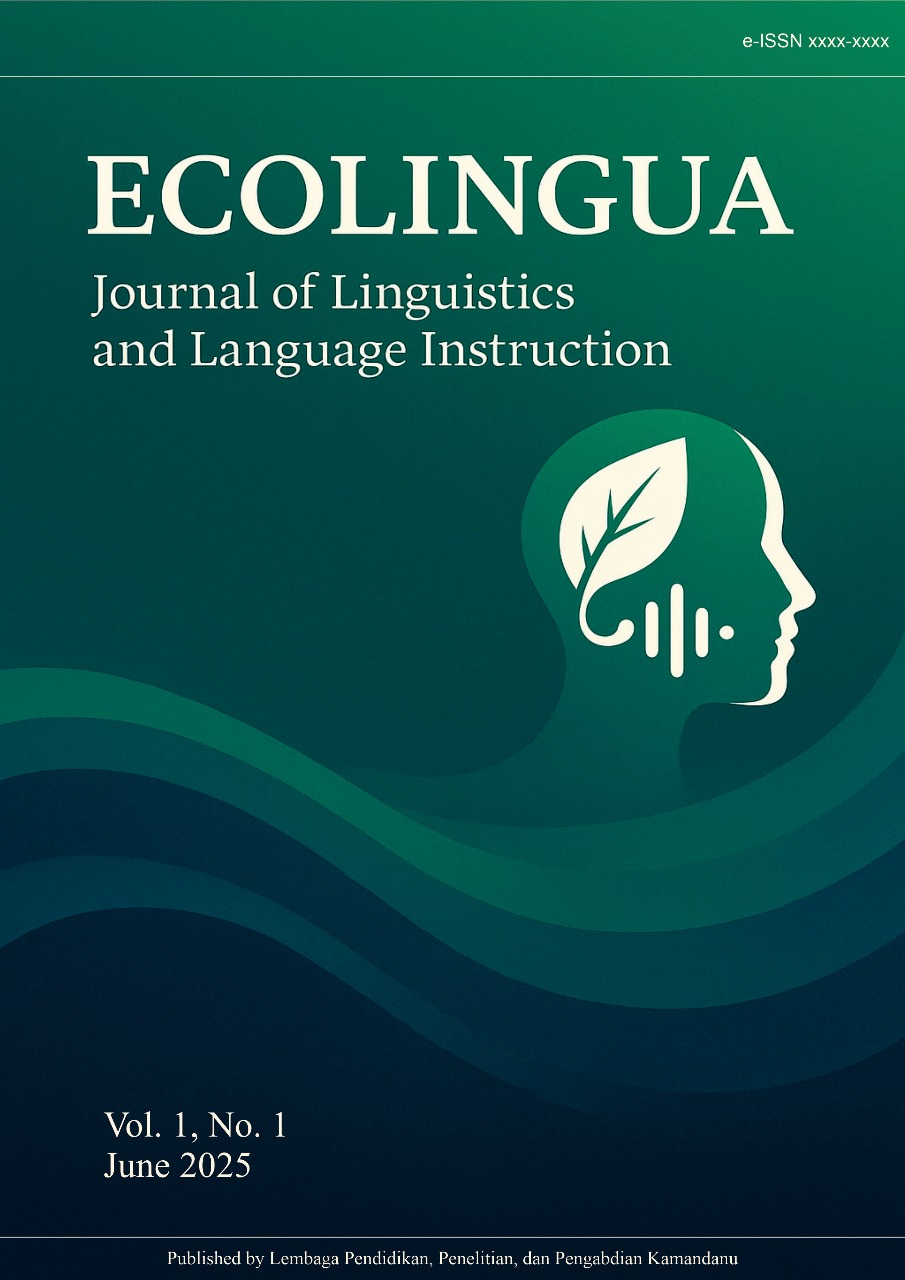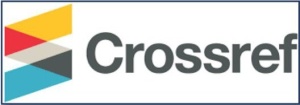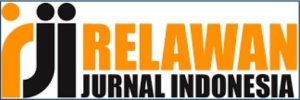Discourse Analysis of the Representation of Religious Dimensions in Wedding Ceremonies: A Microstructure Analysis
Keywords:
Discourse analysis, Religious dimensions, Wedding Ceremony, Macrostructure analysisAbstract
This study explores the religious dimensions embedded in traditional Sasak wedding ceremonies, specifically through the microstructural analysis of utterances used in the sorong serah ritual in Lombok, Indonesia. Recognizing that religious values are deeply ingrained in cultural expressions, the research investigates how language functions as a vessel for spirituality, social hierarchy, and cultural identity. Employing a qualitative design, the study focuses on textual and contextual interpretations of ritual utterances delivered by pembayun (ritual speakers). Data were collected through purposive sampling, using observation sheets and semi-structured interviews with cultural informants, and analyzed via Miles and Huberman's qualitative framework: data condensation, display, and conclusion drawing. Findings reveal that the sorong serah utterances, composed primarily in Kawi and Old Javanese, exhibit complex sentence structures, elevated diction, and rich symbolic language. Microstructural features such as humble pronoun use, passive constructions, repetition, and metaphor reflect humility, divine submission, and reverence for elders—mirroring Islamic teachings and Sasak adat values. These utterances not only serve ritualistic purposes but also reflect the everyday socioreligious norms of the Sasak people, reinforcing communal harmony, spiritual consciousness, and ethical conduct. The study highlights that ritual speech is not isolated from daily life but serves as a linguistic reflection of the Sasak worldview. Future research could expand the analysis to other ethnic groups in West Nusa Tenggara, comparing microstructural elements across diverse ceremonial languages to deepen understanding of Indonesia’s linguistic and religious pluralism.


























